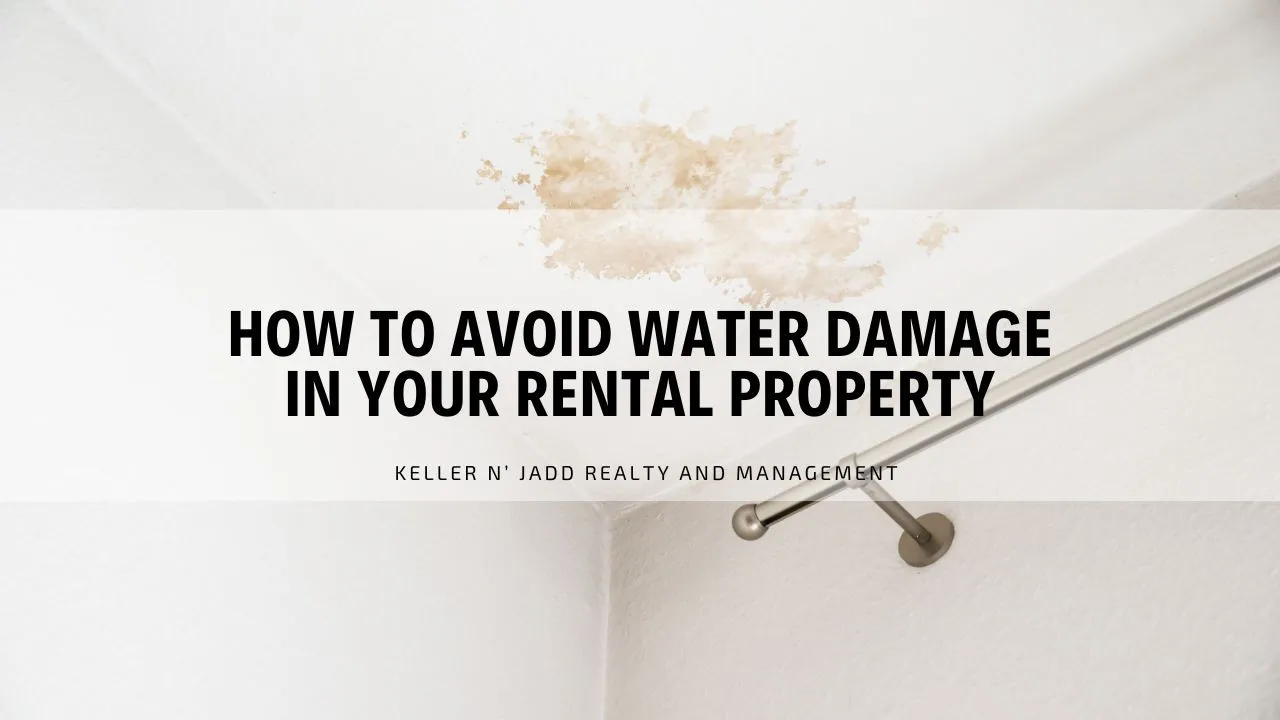Water damage is one of the most common and costly issues that property owners face, impacting both their finances and their tenants' well-being. Not only can it lead to significant repair expenses, but it also disrupts tenants’ daily lives, potentially causing dissatisfaction and even early lease agreement terminations.
Moreover, untreated water damage can result in long-term structural issues, such as mold growth and foundational weakening, which can drastically lower the property’s market value. These issues can lead to further liabilities, such as health risks for tenants and potential legal challenges if the property is deemed unsafe.
Preventing water damage requires more than just fixing problems when they arise; it demands consistent, proactive care to safeguard your investment. Timely inspections, regular maintenance, and clear communication with short and long term tenants are essential for minimizing risks.
What Leads to Water Damage
Water damage occurs for various reasons, but many of these can be categorized into a few key areas. Identifying these causes is crucial to implementing effective preventive measures:
Plumbing Issues: Burst pipes, leaking faucets, and clogged drains are among the most common sources of water damage. These problems often result from wear and tear, freezing temperatures, or poor maintenance. A small leak left untreated can escalate into expensive repairs and property downtime.
Roof Leaks: Damaged or missing shingles, poor roof maintenance and clogged gutters can allow water to enter the property during rain or snow events. Over time, even minor roof leaks can cause severe water intrusion, leading to ceiling damage, mold growth, and compromised structural integrity.
Appliance Failures: Water heaters, washing machines, dishwashers, and refrigerators can leak due to malfunction or age, leading to indoor flooding or slow leaks that go unnoticed. Regular checks of these appliances can prevent unexpected failures that may result in costly damage.


